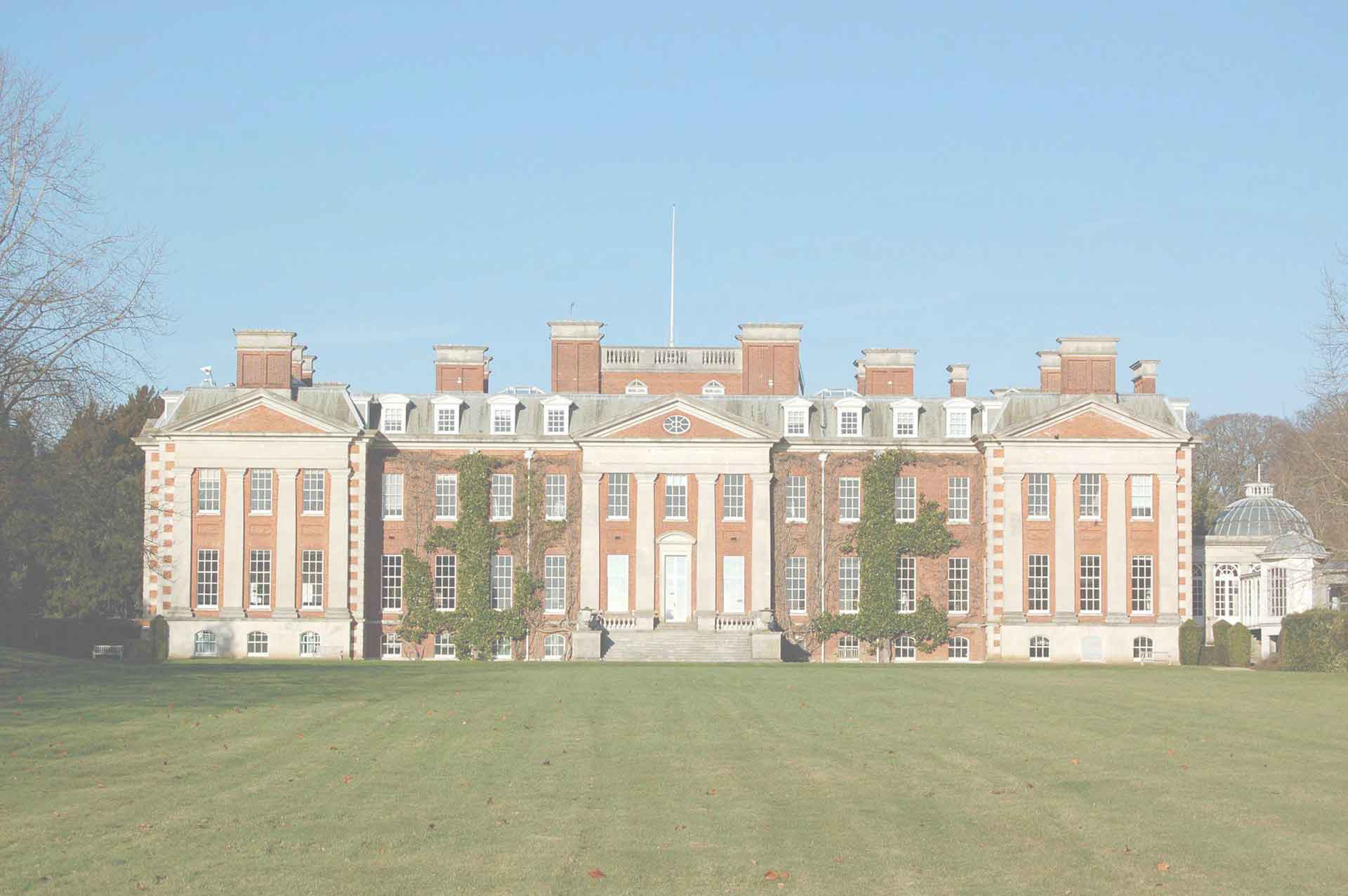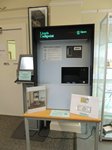Hardware Detail
Item Reference: |
HW0515 | ||
Machine Type: |
2984 | Serial Number: |
|
| Mock up of the IBM 2984 cash issuing terminal, Lloyds Cashpoint. | |||
| The first modern cash issuing terminal was the IBM 2984 and was first installed at Lloyds Bank, Brentwood High Street, Essex, England in December 1972. The IBM 2984 was initially developed in Raleigh then transferred to Hursley. It was modified at the request of Lloyds Bank as an RPQ (Request for Price Quotation). The 2984 Cash Issuing Terminal was the first true ATM, similar in function to today's machines and named by Lloyds Bank: Cashpoint; Cashpoint is still a registered trademark of Lloyds TSB in the UK. The 2984 was the first to interact directly with the customer bank account, authorising cash withdrawal amount and updating the user's account to reflect the withdrawal. A small number of 2984s were supplied to a US bank. No 2984's are known to have survived. This mock-up was built by curator Peter Short using photographs for reference. The instruction panel is an original, rescued when the production line at Greenock was closed down. Keyboard keytops were 3D printed at home, and numerals applied with vinyl transfers. The story of building the replica can be found here. John Holloway, a member of the Hursley development team, has provided some further information. One major problem when converting the machine to use English banknotes was that the pressure plate in the notes hopper provided even pressure across the whole area. English banknotes contained embossed roundels or relief printing, both of which were thicker than the rest of the note. An example quoted in the patent application for the modified plate suggested in a stack of 2,500 one pound notes, the area at the roundel would be 6cm thicker than the rest of the note! The original design was conceived for world-wide currencies, but the practice in some countries to fold large notes 2-ways would result in a hole in the middle of the note. This would invariably cause a used note to be rejected. There were also problems with the card reader throat, allowing the card to be wrongly inserted. It took some time to make this 'idiot proof.' The money dispensing tray was originally 'hard driven' down resulting in a safety issue. A modification allowed the tray driving linkage to slide up a slot so that there was always an inch or so freedom when the tray was completely down. Another interesting fact was that the 'modem' was based on the 'SMS' family of cards which was developed in the early 60's. The rest of the logic was 'SLT'. There were also 4 or 5 relays which were wired with solid copper wire, a nightmare to debug. Moving a solid wire caused breakages... The communication device was a 16 x 16 mechanical switch assembly which encoded the data with the banks computer. This matrix was US Government protected because in the early 70's was one of the first protected communication devices. This was also true for the data on the card, IBM was not allowed to make its own and in fact they had to be made in the US. A bit of history that may or not be true...the plane carrying all the the 2984's history is supposed to have crashed somewhere off the US East Coast...so there was always a gap in the product development records....so in some cases the developers didn't know how they got to a design position, which was especially hard doing logic changes. |
|||
Date of Origin: |
1972 | Donor: |
|
Click to view a larger image |
|||
|
Click to view a larger image |
|||
Location: |
On Display - HLG03 | Commissioned By: Museum | Until: |



